Related Research Articles

Otto Abels Harbach, born Otto Abels Hauerbach was an American lyricist and librettist of nearly 50 musical comedies and operettas. Harbach collaborated as lyricist or librettist with many of the leading Broadway composers of the early 20th century, including Jerome Kern, Louis Hirsch, Herbert Stothart, Vincent Youmans, George Gershwin, and Sigmund Romberg. Harbach believed that music, lyrics, and story should be closely connected, and, as Oscar Hammerstein II's mentor, he encouraged Hammerstein to write musicals in this manner. Harbach is considered one of the first great Broadway lyricists, and he helped raise the status of the lyricist in an age more concerned with music, spectacle, and stars. Some of his more famous lyrics are "Smoke Gets in Your Eyes", "Indian Love Call" and "Cuddle up a Little Closer, Lovey Mine".
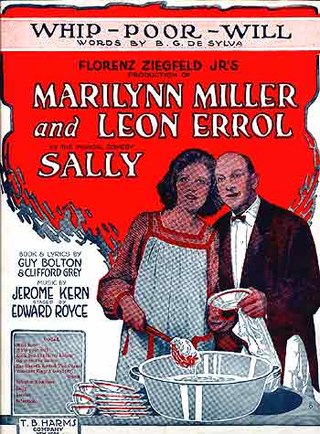
Sally is a musical comedy with music by Jerome Kern, lyrics by Clifford Grey and book by Guy Bolton, with additional lyrics by Buddy De Sylva, Anne Caldwell and P. G. Wodehouse. The plot hinges on a mistaken identity: Sally, a waif, is a dishwasher at the Alley Inn in New York City. She poses as a famous foreign ballerina and rises to fame through joining the Ziegfeld Follies. There is a rags to riches story, a ballet as a centrepiece, and a wedding as a finale. "Look for the Silver Lining" continues to be one of Kern's most familiar songs. The song is lampooned by another song, "Look for a Sky of Blue," in Rick Besoyan's satirical 1959 musical Little Mary Sunshine.
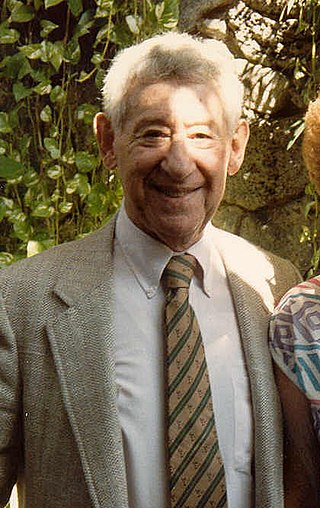
Jack Gilford was an American Broadway, film, and television actor. He was nominated for the Academy Award for Best Supporting Actor for Save the Tiger (1973).

Disney Theatrical Productions Limited (DTP), also known as Disney on Broadway, is the stageplay and musical production company of the Disney Theatrical Group, a subsidiary of Disney Entertainment, a major division and business unit of The Walt Disney Company.

Arthur Reed Ropes, better known under the pseudonym Adrian Ross, was a prolific writer of lyrics, contributing songs to more than sixty British musical comedies in the late 19th and early 20th centuries. He was the most important lyricist of the British stage during a career that spanned five decades. At a time when few shows had long runs, nineteen of his West End shows ran for over 400 performances.

The Knickerbocker Theatre, previously known as Abbey's Theatre and Henry Abbey's Theatre, was a Broadway theatre located at 1396 Broadway in New York City. It operated from 1893 to 1930. In 1906, the theatre introduced the first moving electrical sign on Broadway to advertise its productions.

Edwin Hunter Pendleton Arden was an American actor, theatre manager, and playwright.
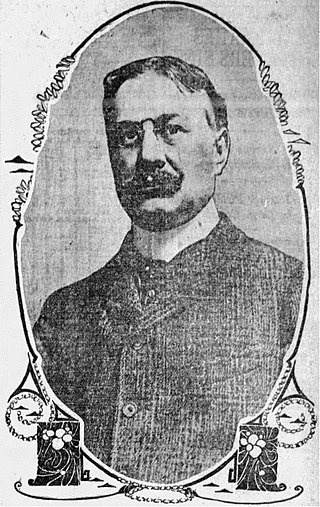
Gustave Adolph Kerker, sometimes given as Gustav or Gustavus Kerker, was a Kingdom of Prussia-born composer and conductor who spent most of his life in the United States. He became a musical director for Broadway theatre productions and wrote the music for a series of operettas and musicals produced on Broadway and in the West End. His most famous musical was The Belle of New York (1897).

Let's Face It! is a musical with music and lyrics by Cole Porter. The book by Herbert and Dorothy Fields is based on the 1925 play The Cradle Snatchers by Russell Medcraft and Norma Mitchell.
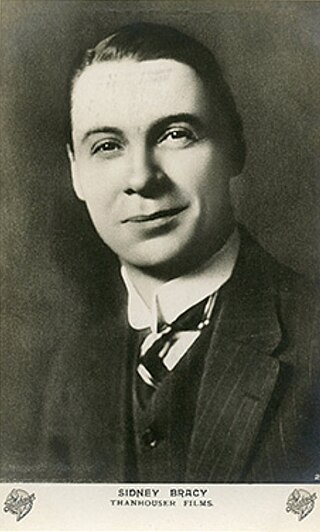
Sidney Bracey was an Australian-born American actor. After a stage career in Australia, on Broadway and in Britain, he performed in more than 320 films between 1909 and 1942.

J. Harold Murray was an American baritone singer and actor. For more than a decade, during the Roaring Twenties and the Depression Thirties, he contributed to the development of musical theater by bridging vaudeville, operetta and the modern American musical. The most popular American songs he introduced on Broadway included "Autumn in New York" ; "Let's Have Another Cup of Coffee" and "Soft Lights and Sweet Music" ; "Rio Rita", "The Kinkajou" and "The Rangers Song" ; and "Mandalay".

Hubert Edward Hassard Short, usually known as Hassard Short, was an actor, stage director, set designer and lighting designer in musical theatre who directed over 50 Broadway and West End shows between 1920 and 1953. Theatre historian Ken Bloom called him "one of Broadway's greatest directors and lighting designers", while theatre writer John Kenrick described him as a "groundbreaking director and choreographer".
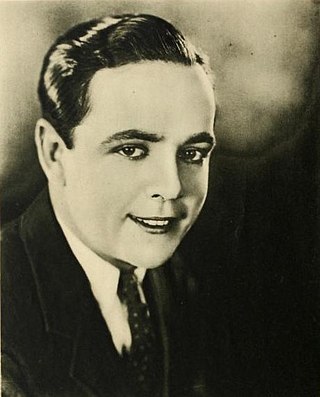
Robert Agnew was an American movie actor who worked mostly in the silent film era, making 65 films in both the silent and sound eras. He was born in Dayton, Kentucky.

The Christian (1923) is a silent film drama, released by Goldwyn Pictures, directed by Maurice Tourneur, his first production for Goldwyn, and starring Richard Dix and Mae Busch. The film is based on the novel The Christian by Hall Caine, published in 1897, the first British novel to reach the record of one million copies sold. The novel was adapted for the stage, opening on Broadway at the Knickerbocker Theatre October 10, 1898. This was the fourth film of the story; the first, The Christian (1911) was made in Australia.

Vivienne Osborne was an American stage and film actress known for her work in Broadway theatre and in silent and sound films.
Jesse C. Huffman (1869–1935) was an American theatrical director. Between 1906 and 1932 he directed or staged over 200 shows, mostly for the Shubert Brothers. Many of them were musical revues, musicals or operettas. He is known for The Passing Show series of revues that he staged from 1914 to 1924 at the Winter Garden Theatre on Broadway, daring alternatives to the Ziegfeld Follies.
Ambrose Applejohn's Adventure is a 1921 play written by Walter Hackett. It was a hit on the West End, where it ran for 18 months, and also on Broadway, where it was performed under the title Captain Applejack. It has been adapted multiple times as a movie and also as a stage musical.
Frederick Pope Stamper, usually credited as F. Pope Stamper or F. Pope-Stamper, less often as Pope Stamper, was an English stage and film actor who appeared mostly in Edwardian musical comedy.
Frank Mandel was an American playwright and producer. He co-wrote several productions. Some of his works were adapted by others. Several of his collaborations were adapted into films. UCLA's libraries have a collection of his papers.
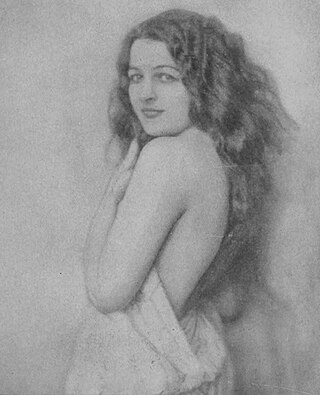
Janet Velie was an American actress who was primarily known for her performances in Broadway musicals. She first came to prominence portraying the title roles in the musicals La La Lucille (1919) and Mary (1920), and then had success in the Ed Wynn music revues The Perfect Fool (1921) and The Grab Bag (1924). In 1925 she created the role of confidence woman Penelope Martin in Irving Berlin's The Cocoanuts; a role she reprised in 1927. She was the sister of actor Jay Velie and sometimes performed in productions with him. In addition to her work in theatre, she also appeared in a few short films.
References
- ↑ ""Mary" an Australian Premiere". The Register (Adelaide) . Vol. LXXXVII, no. 25, 499. South Australia. 18 September 1922. p. 3. Retrieved 30 May 2022– via National Library of Australia.
- 1 2 3 4 Dan Dietz (2019). "Mary". The Complete Book of 1920s Broadway Musicals. Rowman & Littlefield Publishers. p. 37-38. ISBN 9781538112823.
- 1 2 J. P. Wearing (2014). "Mary". The London Stage 1920-1929: A Calendar of Productions, Performers, and Personnel. Rowman & Littlefield Publishers. p. 92. ISBN 9780810893023.
- ↑ ""Mary": New Musical Comedy". The Register (Adelaide) . Vol. LXXXVII, no. 25, 496. South Australia. 14 September 1922. p. 17. Retrieved 30 May 2022– via National Library of Australia.